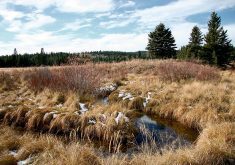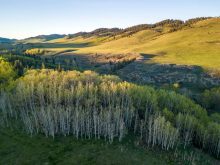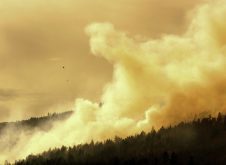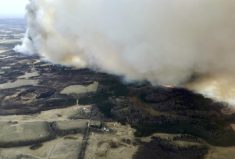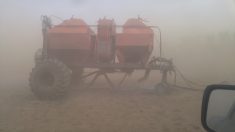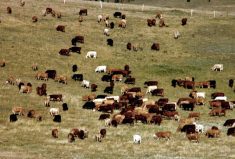Grazing disposition holders who want to help fellow livestock producers affected by wildfires can use some recently relaxed rules.
Alberta Forestry, Parks and Tourism has fast-tracked its processes to allow grazing lease, licence and permit holders to more quickly accept wildfire-displaced livestock on their land. The main condition is that key information be reported in short order.
“This is a temporary change just for this year because we have so much livestock and so many grazing leases from up north that are burnt out,” said Lindsye Murfin, manager of the Alberta Grazing Leaseholders Association.
Read Also
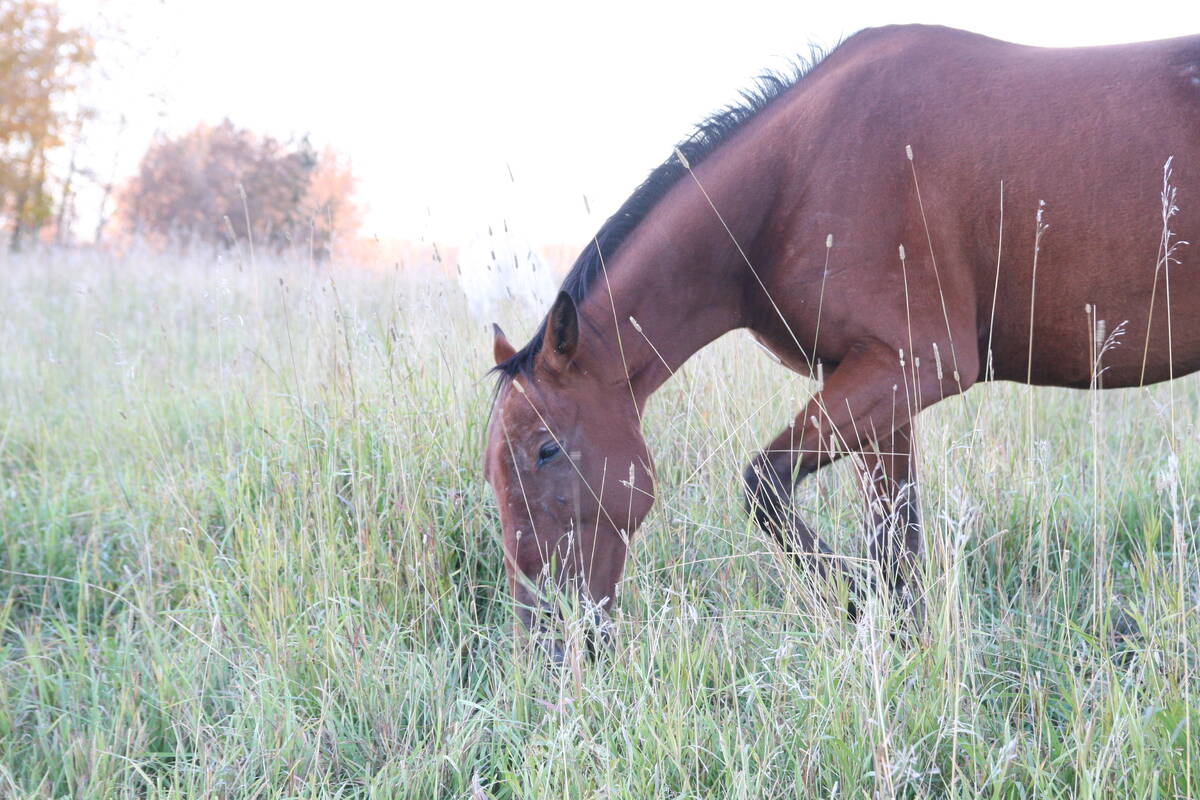
Beware giving horses too much iron
Horses consuming too much iron through diet or well water risk health problems like laminitis. Mineral testing forage and water is good practice for owners.
“So we need to find alternate feed and alternate places for these livestock to go until they can get back onto the land they are normally grazed on. If leaseholders can easily open up their lease land and give cattle places to go, it’s going to be better for everybody.”
Participating grazing disposition holders must remain responsible for stewardship of the disposition and ensure rangeland health is maintained. They also must report additional livestock and any measures taken with supplemental feeding to their local rangeland agrologist within seven calendar days.
Finally, the use of the disposition by other livestock must be reported on the holder’s stock return.

Under normal circumstances, a grazing disposition holder hoping to put another producer’s livestock on their lease would need permission from the provincial government, typically by way of a rangeland agrologist who serves as contact between the leaseholder and the government.
That rule still applies in situations where cattle haven’t been displaced by wildfire, said Murfin.
The rules around supplemental feeding on grazing dispositions are primarily intended to protect local ecosystems from noxious weeds and other invasives in feed, she said.
READ MORE: Air quality deteriorates as wildfires rage in Western Canada
“Normally, you have to get it OK’d with the rangeland agrologist but right now, because we’re in an emergency and trying to find feed for these animals that are being displaced, they’re just saying go ahead and do this and follow up with your agrologist afterwards.
“They’ll have to follow up with the control of weed species or any sort of clean-up or buffers.”
Although these changes are a call-out to the charity of disposition holders, accepting new animals can be risky, especially in an environment still recovering from the drought of 2021, said Murfin.
“Adding more animals, especially at this time of year, can negatively impact forage production down the road and overall stewardship of the rangelands,” she said in a follow-up email.
“A lot of Alberta is still in recovery from drought so the decision process when adding more animals to a certain land base has to take that into effect.”
In many cases the forage capacity simply isn’t there.
“There are many leaseholders who would take on more animals but they simply don’t have the pasture forage production to feed them. The decision all comes down to ‘do I have forage to feed extra cows and my own cows?’ and in a lot of areas the answer is no.”
Producers with displaced cattle have other options as well. Alberta Forestry is accepting applications for temporary grazing on vacant public lands. More information is available at 310-LAND (5263).
“In the interim, the best options to hold and feed livestock are rodeo grounds, exhibition grounds and auction markets which have the needed infrastructure,” said Alberta Forestry in a news release.
READ MORE: Canada on track for worst-ever wildfire season
The ministry reported that many areas of the province had sub-optimal grazing conditions even before the wildfires.
“Central and northwestern Alberta and localized parts of the province are experiencing dry conditions, resulting in slower than usual green-up of grazing lands for livestock,” it said.
“The situation was further exacerbated in the first week of May 2023 when an extremely large number of out-of-control wildfires and wind events resulted in numerous evacuations and expansive areas of private and Crown land being burned.”




